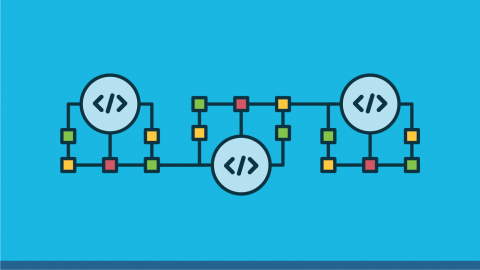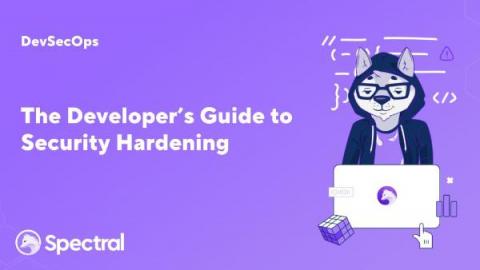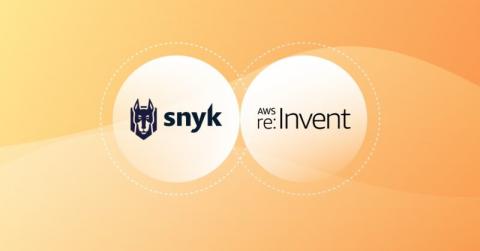How to Establish a Zero Trust IAM Framework
Enterprises cannot implement Zero Trust cybersecurity without real-time dynamic authorization and authentication for every access request. The principles of Zero Trust and Identity and Access Management (IAM) best practices help fill the gaps that traditional cybersecurity systems often create and ignore.










